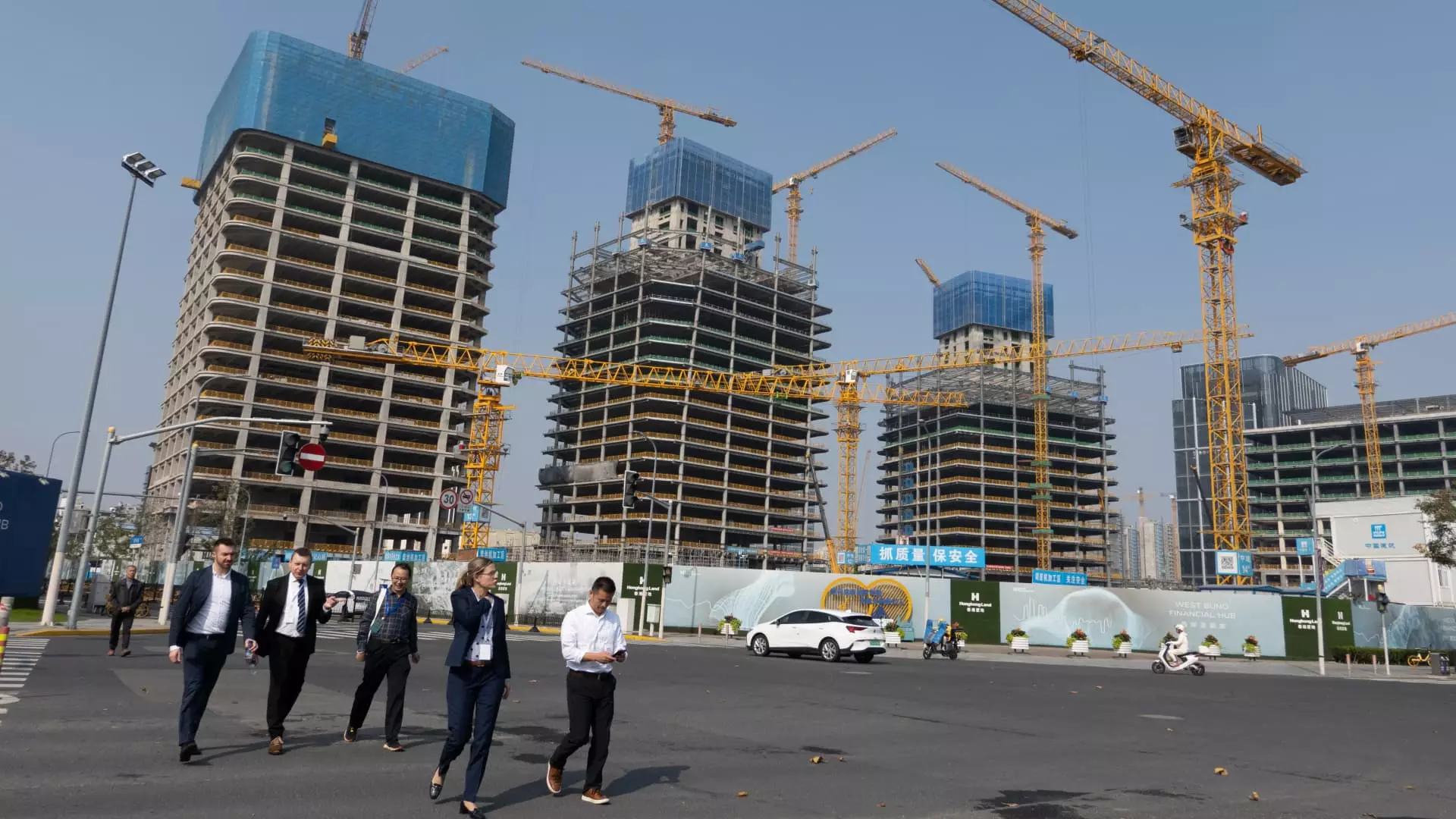In light of mounting economic pressures, China stands poised to announce significant stimulus measures as its National People’s Congress (NPC) concludes its five-day legislative session. Authorities have been strategically introducing stimulus packages since late September, serving to invigorate the stock market and bolster investor confidence. The groundwork for these initiatives was laid during a pivotal meeting chaired by President Xi Jinping on September 26, where the acceleration of fiscal and monetary support was deemed essential for halting the downturn in the real estate sector, a cornerstone of the Chinese economy.
The People’s Bank of China (PBOC) has proactively slashed interest rates in a bid to stimulate borrowing and economic activities. However, the real crux of implementing expansive government spending and deficit financing lies with the NPC. The legislative body, crucial for approving significant fiscal changes, may grant the necessary approvals during the current session of its standing committee, with analysts closely monitoring developments for signs of a shift towards a looser budgetary policy.
Last year’s NPC meeting marked a notable pivot in fiscal policy when officials permitted a rare surge in the government’s deficit to 3.8%, up from 3%. With U.S. political developments, particularly the potential of Donald Trump’s tariff threats to Chinese goods, the pressure for swift and effective economic measures has intensified, prompting speculation of a potentially larger fiscal support strategy. Nevertheless, a cautious approach remains in the air; many experts fear that rather than issuing direct consumer assistance, Beijing might prioritize systemic issues such as local government debts.
The Minister of Finance, Lan Fo’an, has recently underscored the necessity to confront the troubling issues surrounding local government debts. As part of the ongoing deliberations at the NPC, officials are reviewing plans to elevate the limits for local government debt issuances. This move aims to systematically replace existing concealed debts, which Nomura estimates could be alarmingly high, ranging between 50 trillion to 60 trillion yuan (approximately $7 trillion to $8.4 trillion). This additional borrowing capacity of around 10 trillion yuan in the coming years could theoretically alleviate local government interest payments by 300 billion yuan annually.
Amidst these fiscal maneuvers, local governments are grappling with dwindling revenues as the persistent slump in the real estate market critically undermines one of their primary income streams. The pandemic further complicated financial landscapes as regional authorities funneled significant resources into Covid-19 response efforts.
The intricate balance China must maintain involves fostering economic growth while addressing the mounting debt crisis among local authorities. As stimulus announcements loom, stakeholders will be observing closely for any indications of a shift towards more radical measures that directly benefit consumers. The forthcoming decisions may not only dictate the immediate economic trajectory but could also reshape the broader narrative of China’s growth model in the years ahead. In light of these dynamics, the government’s actions following this session will be pivotal, both for domestic stability and for reassessing China’s position in the global economic landscape.

Leave a Reply